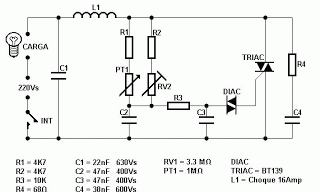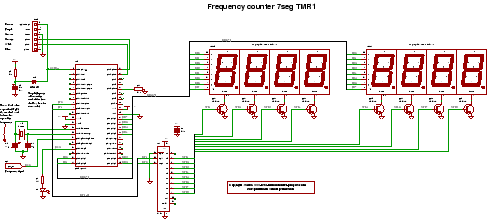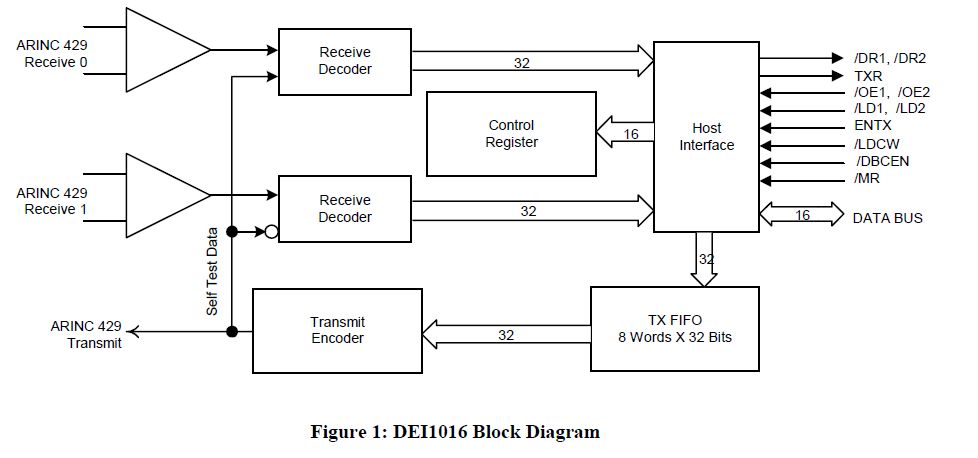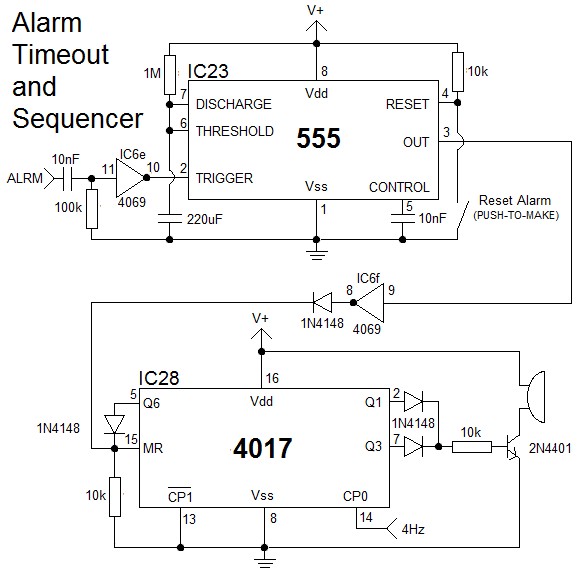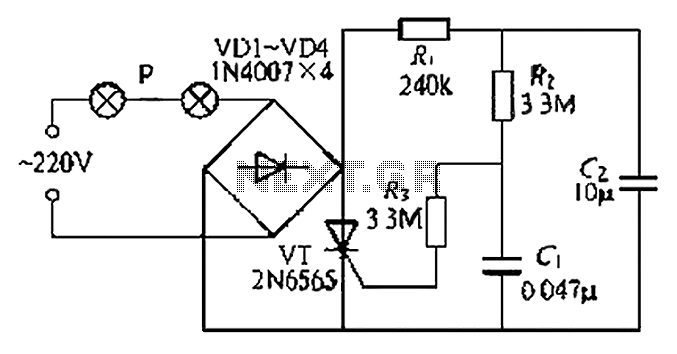
Fatigue Testing Circuit
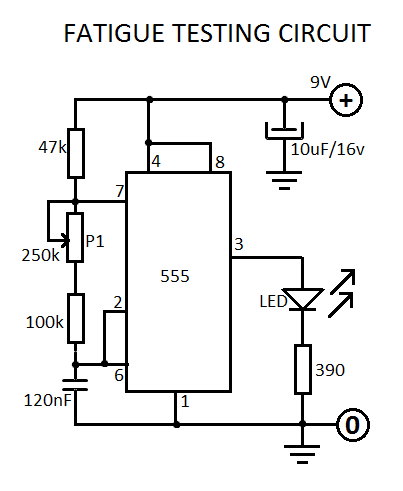
This fatigue testing circuit is straightforward and easy to assemble, designed to assess an individual's level of fatigue. Research indicates that the highest light frequency can be used as an indicator.
This fatigue testing circuit operates on the principle of light frequency detection, which is correlated with a person's fatigue levels. The circuit typically employs a light sensor, such as a photodiode or phototransistor, which detects variations in light intensity. The output from this sensor is processed through an analog-to-digital converter (ADC) to quantify the light frequency.
The circuit may include a microcontroller that interprets the ADC readings and applies algorithms to determine fatigue levels based on predefined thresholds. These thresholds can be calibrated based on empirical data gathered from user tests, allowing for a more accurate assessment of fatigue.
Additionally, the circuit could feature a simple user interface, such as an LED indicator or an LCD screen, to display the results. The LED could change color or blink at varying rates to indicate different levels of fatigue, while an LCD could provide a numerical representation.
Power supply options for the circuit may include batteries or a USB power source, ensuring portability and ease of use. The layout of the circuit should be designed to minimize noise and interference, particularly in the connections between the light sensor and the microcontroller.
In summary, this fatigue testing circuit serves as a practical tool for assessing fatigue levels through light frequency analysis, utilizing basic electronic components to achieve its functionality.This fatigue testing circuit is very simple and easy to build and will determine how tired a person is. It has been discovered that the highest light frequ.. 🔗 External reference
This fatigue testing circuit operates on the principle of light frequency detection, which is correlated with a person's fatigue levels. The circuit typically employs a light sensor, such as a photodiode or phototransistor, which detects variations in light intensity. The output from this sensor is processed through an analog-to-digital converter (ADC) to quantify the light frequency.
The circuit may include a microcontroller that interprets the ADC readings and applies algorithms to determine fatigue levels based on predefined thresholds. These thresholds can be calibrated based on empirical data gathered from user tests, allowing for a more accurate assessment of fatigue.
Additionally, the circuit could feature a simple user interface, such as an LED indicator or an LCD screen, to display the results. The LED could change color or blink at varying rates to indicate different levels of fatigue, while an LCD could provide a numerical representation.
Power supply options for the circuit may include batteries or a USB power source, ensuring portability and ease of use. The layout of the circuit should be designed to minimize noise and interference, particularly in the connections between the light sensor and the microcontroller.
In summary, this fatigue testing circuit serves as a practical tool for assessing fatigue levels through light frequency analysis, utilizing basic electronic components to achieve its functionality.This fatigue testing circuit is very simple and easy to build and will determine how tired a person is. It has been discovered that the highest light frequ.. 🔗 External reference
